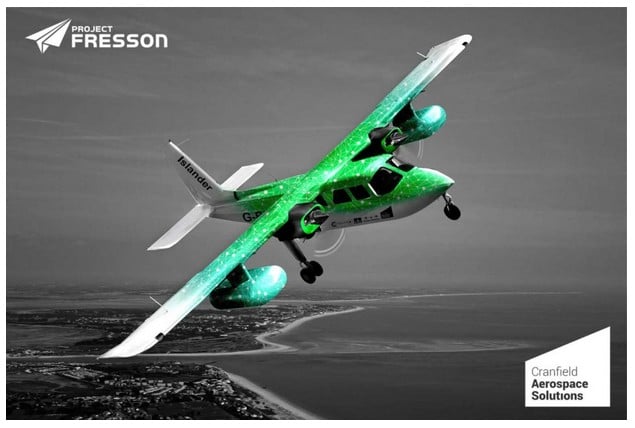Gurezaemon:
Genuine question: So are the people at Sounds Air and other places investigating this idea just ignoring scientific reality and blowing all that money on expensive consultants, merely so they can be woke or engage in virtue signaling?
If the idea was truly pie-in-the-sky unrealistic, I would have thought that the vast amount of information out there on this topic (including that information not on YouTube) would have put them off even looking into it.
Good question.
Even United Airlines have signed agreements to buy 100 ES19's.
https://www.aerospace-technology.com/news/united-airlines-heart-aerospace/
To me there is no logical reason for anyone to sign up to buy this aircraft. I don't think it'll see the light of day. Unless someone buys Heart I don't see them surviving long term. There has to be a massive step change in battery technology for it all to work.
I'm not an aircraft design engineer but I have enough aircraft knowledge to know that with the current technology and even reasonable advances of that technology the physics don't add up. There's significant differences between the energy demands for the flight profile of an aircraft and that of a motor car journey.
For example on flat ground once you have a motor vehicle moving you only have to overcome the form or shape drag of the vehicle plus tyre friction/rolling resistance. With an aircraft you have the form drag plus the drag that is created due to the lift being produced. In that article I linked the electric aircraft was well over twice the weight of the equivalent turbo prop. Straight away you have nearly doubled the power required to maintain flight let alone anything else.
To give an example of how critical weight is in an aircraft, a few years ago as a means of reducing fuel burn Air New Zealand removed the in flight magazines from the long haul aircraft. I also remember being told about the significance of Air New Zealand being able to use Hamilton airport as an alternate for Auckland rather than using Ohakea. It cost something like 7 tons of extra fuel burn just to carry the extra fuel to go the Ohakea on a flight from Hong Kong. Please don't hold me to these as exact figures as it was a while ago but the cost in fuel burn was staggering.
My point in saying all this is to show how critical weight is in the economic operation of aircraft. The problem with batteries is their weight.
Back to your question, I really don't know why the likes of Sounds Air and United Airlines are saying they are planning to introduce electric aircraft. For sure some of Sounds Air's routes could work but I'd still question the economic sense of supporting an aircraft in your fleet that can only do one or two of your routes and even then be potentially restricted by weather conditions on some days.
One could speculate, there has already been one suggestion on this thread of virtue signalling and or government money for research and development. I've seen no evidence of that but I cannot think of any other reasons either. It makes no sense to me. Perhaps I'm missing the obvious, but I don't think so. There's plenty of others whom I think know more than I do who think the same way as I do.
Finally there have been plenty of futile projects in history where governments and supposedly intelligent private investors have wasted a lot of money. For example, nuclear powered aircraft. This won't be the last.



